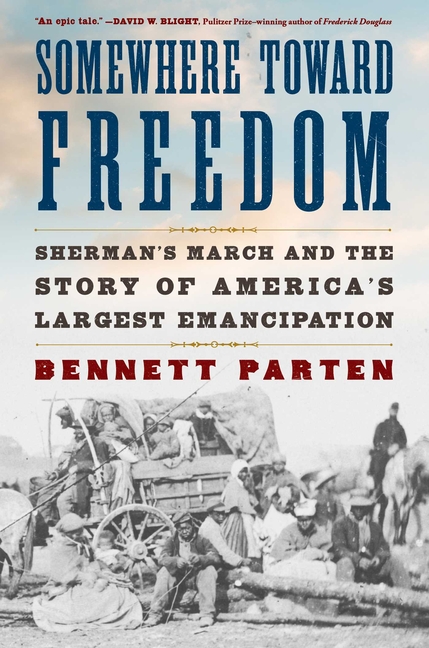Parten’s signature contribution to the vast literature on Sherman’s march is to consider it from the vantage of the 20,000 or more refugees who trailed in the wake of his soldiers ... In this, the second and somewhat more derivative half of his book, which is less about the march than about its aftermath, Parten largely focuses on how the 'hopes and failures' of the march persisted ... Once back in session, Congress 'dithered,' or so Parten charges, but that seems not entirely correct. Abolitionists like the Pennsylvania representative Thaddeus Stevens had already been hatching a radical plan to redistribute the wealth of the South: Divvy up the confiscated property and give it to the families of formerly enslaved people and thus effectively overturn the propertied class system that so long had ruled the region.
Read Full Review >>

